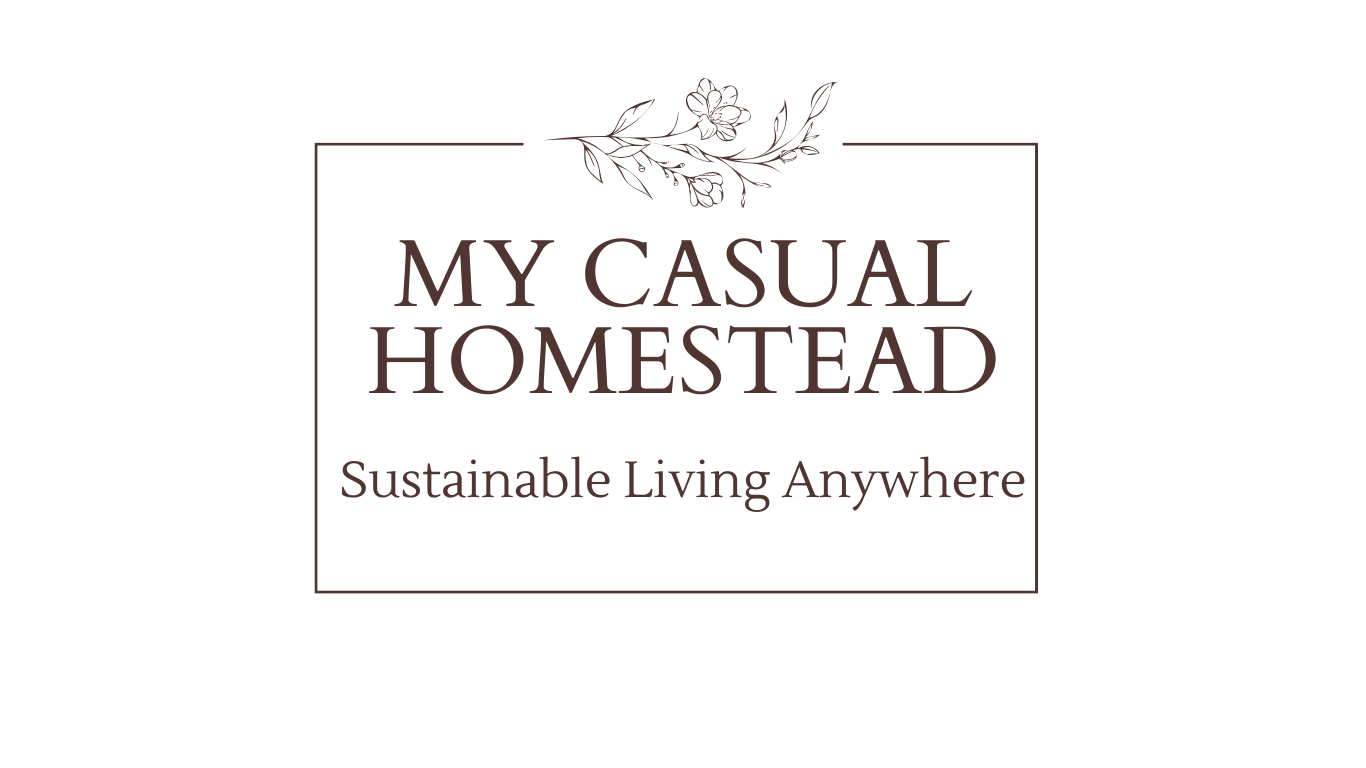Birch trees, like maple trees, produce sap that can be reduced down to make syrup. Awesome, right, but also very time consuming and fuel-intensive. Lucky for everyone who might be busy, birch sap has many other uses. One of my favorite ones I learned about this year was using the sap to make a sourdough starter. I heard about this technique from my babysitter one day when I was picking up my kids after a dentist appointment. While I encouraged my kids to get their boots and coats on, and our six kids interrupted us constantly; what I got out of her was that the foam on top of the birch sap was actually yeast and you could make a sourdough starter out of it. That’s all I heard before I had to run out the door after my kids.
So like most things I hear about, I thought, “That sounds pretty interesting I bet I can do that”, so I went home and gave it a try. And it worked. Here’s how I did it.
Day 1: I added 1/2 cup of fresh bubbly sap water (see picture below) to 1/2 cup white flour in a wide-mouth pint jar and stirred. Small bubbles formed several hours later indicating the yeast was present. Yahoo!
Day 2: I added another 1/4 cup of fresh bubbly sap water plus 1/4 cup of white flour to the same pint jar and stirred. More bubbles formed.
Day 3 – 10: I dumped the mixture into a small bowl (because the mixture was getting too big for a pint jar) and daily added 1/4 cup of water + 1/4 white flour and stirred.
Day 11- 13: I then got really busy and forgot to feed my starter.
Day 14: I again dumped the mixture into a clean pint jar about 2/3 full and added 1/4 cup water + 1/4 cup white flour. The mixture then became overly excited and flowed over the top of the pint jar, creating the mess you saw in the first picture.
The interesting thing about this experiment is the smell of my starter. I wish I could share it with you. I have a sourdough starter that I think is about 50 years old from a lodge up north of Fairbanks. That starters smells like, well, bread. Yummy, yeasty bread. But the birch sap sourdough did not. The first three days the birch sap sourdough starter smelled like spring, green grass or fresh leaves. The following five days it didn’t smell at all, although it was clearly alive and bubbling. Day 10-12 I almost thought the starter went bad, it just smelled almost too sweet, probably because I just added too much flour and I should have just let the starter ferment on it’s own for a bit. Then all of a sudden after ignoring my starter for a couple days it turned and started smelling more like normal sourdough, but just not quite as strong. And so the experiment continues.
In hind sight I probably should have just started with 3/4 of a cup of bubbly sap and 3/4 of a cup of flour in a bowl and just let the starter sit for three to four days to ferment, and then started adding 1/4 cup of normal water + 1/4 cup flour daily. I think next year I’ll try it again using this method.
Now I know birch sap tapping season is almost over but I hope you all try this next year yourself. I’m going to see how ‘strong’ my sourdough starter is and if I can keep it going throughout the year, and of course see how the bread turns out from it.






